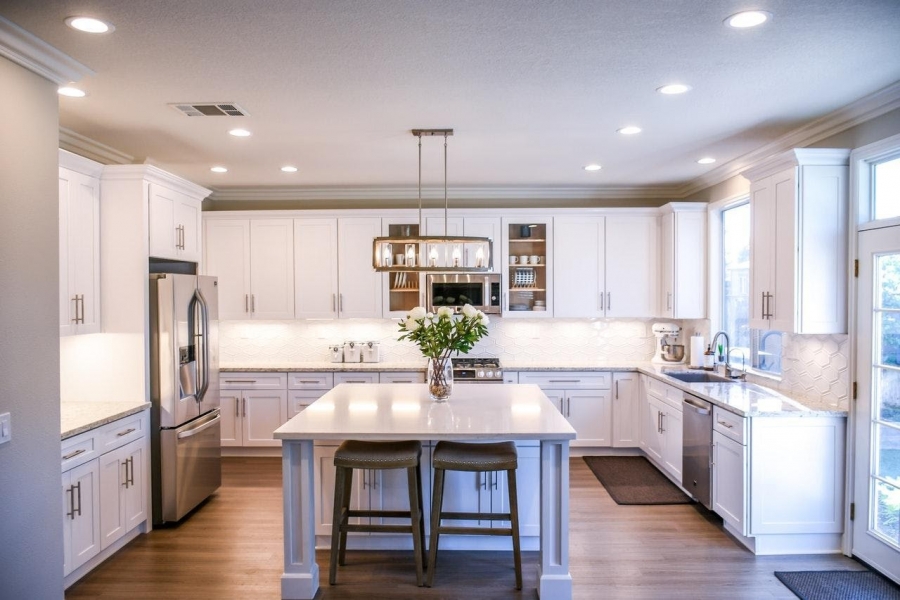What to Know About Earnest Money
Written by Ashley Sutphin Posted On Friday, 19 May 2023 00:00
Earnest money is just one of the many terms to know when it comes to buying a home. It’s something you might initially overlook, but not understanding earnest money can create roadblocks in your process to buy a home once you’re ready to make an offer.
The Basics of Earnest Money
In simple terms, the earnest money is a deposit that you put down to show that you’re serious about buying a house. You want to show the seller that you really do want the home, and earnest money might be anywhere from 1% to 5% of the total purchase price.
It helps sweeten your offer to a seller and shows them that you want to take the necessary next steps to buy their home.
Then, in exchange for the earnest money, the seller will take their home off the market. They’ll start to work to arrange things like inspections.
Earnest money goes into an escrow account while you wait on your closing. The escrow account is with either the seller’s broker or title company, or an escrow company.
They’re essentially securely storing your money until your closing. Then, that earnest money is subtracted from the total you owe, and it goes toward your closing costs.
How Much Earnest Money Should You Offer?
Again, earnest money is typically anywhere between 1% and 5% of the price you agree on with the seller to buy the house. There’s a lot of variance in this, though. For example, in some locations, you might do a fixed amount and in others you could pay a percentage.
In very popular housing markets, you can see very high earnest money deposits. Your real estate agent will help you know what’s in line with your area.
Earnest Money Is Not a Down Payment
This can be an area of confusion for some buyers—earnest money is not a down payment. Your down payment is fully separate from earnest money and is anywhere from 10-20% of your home’s purchase price.
You need to make sure that when you’re thinking about how much a house will be, you’re adding up your earnest money and your down payment. Your earnest money is due when you make an offer, while your down payment and closing costs are due later.
Is It Refundable?
When you enter into a purchase agreement, it will outline contingencies. These are situations that are agreed upon where you can walk away from a deal and still get your earnest money back.
For example, you might have an appraisal contingency in case the appraisal is lower than the sale price.
Your real estate agent will help you decide the contingencies to put in your contract.
If you’re in a highly competitive market, you might agree to nonrefundable earnest money. That’s very risky because if your sale falls through, the seller gets to keep your money.
If you break the terms of whatever your purchase agreement is or you decide you don’t want to buy a house anymore, then the seller can keep your earnest money.
This is why it’s important to work with a qualified real estate agent. They’ll help you understand what you need to know before you sign anything because otherwise, you could end up giving up a lot of money that you potentially can’t afford.
As a final note, earnest money isn’t required. If you’re buying in a market that’s not very competitive, you may not need to worry about it. It’s instead a good way to beef up an offer, especially if you’re worried there could be multiple offers on the house you want.





